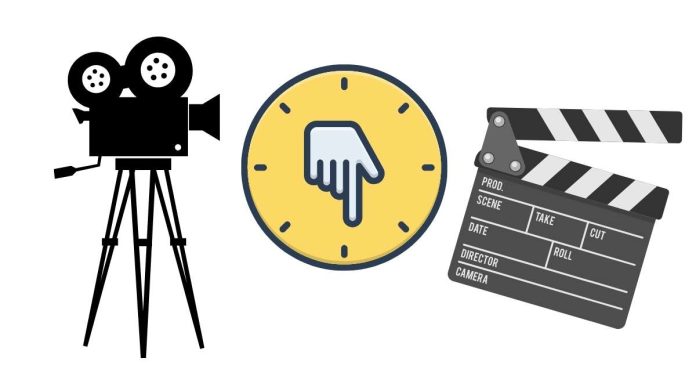Many people feel that modern movies lack the same immersive quality or emotional impact that older films had. Several factors contribute to this feeling:
1. Reliance on CGI vs. Practical Effects
- Older movies, especially from the 70s through the 90s, often relied on practical effects (models, puppets, makeup, etc.), which gave them a tangible, physical quality that could feel more real and immersive.
- Modern movies, particularly blockbusters, tend to rely heavily on CGI (computer-generated imagery) to create visuals. While CGI has advanced significantly, it can sometimes feel less grounded in reality, making it harder to connect emotionally.
2. Storytelling and Pacing
- In the past, many films took their time to build characters, plot, and atmosphere. Filmmakers had a certain patience in letting stories unfold slowly, allowing audiences to invest emotionally in characters and settings.
- Today, there’s a growing trend toward faster pacing and more action-oriented storytelling, especially in mainstream genres like superhero films and big-budget blockbusters. While exciting, this can leave little room for the deep emotional connections or detailed world-building that made older movies so immersive.
3. Focus on Visual Spectacle
- Many modern films, particularly in the science fiction and fantasy genres, prioritize visual spectacle over substance. While visually stunning, this focus can sometimes overshadow character development or intricate plotlines, leading to a shallower viewing experience.
- Older films often prioritized innovative storytelling or character-driven plots, even if they weren’t as visually complex.
4. Overuse of Franchises and Reboots
- The modern film landscape is dominated by franchises, reboots, and sequels. While this ensures that popular characters and stories get extended, it can make movies feel formulaic, and the novelty of these films can wear off quickly.
- Classic films, on the other hand, felt like fresh and unique experiences because they weren’t bound by long-running storylines or constant sequels.
5. The Rise of Streaming Services
- With the rise of streaming platforms, movies are often made with a focus on mass appeal rather than artistic vision. As a result, some films may feel more generic, catering to broad audiences rather than deeply exploring particular themes or emotions.
- Older movies, especially in certain genres (like noir, or the early works of directors like Hitchcock or Kubrick), often had a more distinctive, personal touch that made them stand out and feel more immersive.
6. Sound Design and Music
- Older films often had iconic soundtracks and scores that deeply influenced the mood of the movie. Think of John Williams’ work on Star Wars or the haunting scores by Ennio Morricone in spaghetti Westerns.
- While modern films still have great scores, some have been overshadowed by other audio-visual elements like sound effects and mixing, with music sometimes taking a backseat.
7. Cultural Shifts
- Movies from earlier decades were often reflections of their time, presenting unique cultural and societal moments. Their themes or narratives were often more deeply tied to their era’s collective experience.
- Modern films, on the other hand, sometimes feel like they reflect trends rather than moments, leading to a sense of disconnection for some viewers who feel nostalgic for older storytelling.
The Good News:
Despite these challenges, there are still filmmakers creating deeply immersive and meaningful experiences. Directors like Christopher Nolan, Guillermo del Toro, Wes Anderson, and others continue to craft unique films that emphasize visual storytelling, character development, and emotional engagement. It’s just a matter of exploring beyond the mainstream blockbusters to find the films that are still making a significant impact today.
If you’re looking for more immersive modern films, consider exploring indie films or genres like psychological thrillers, historical dramas, or art-house cinema. Many of these films still carry the artistic richness and emotional depth that you’re craving.



